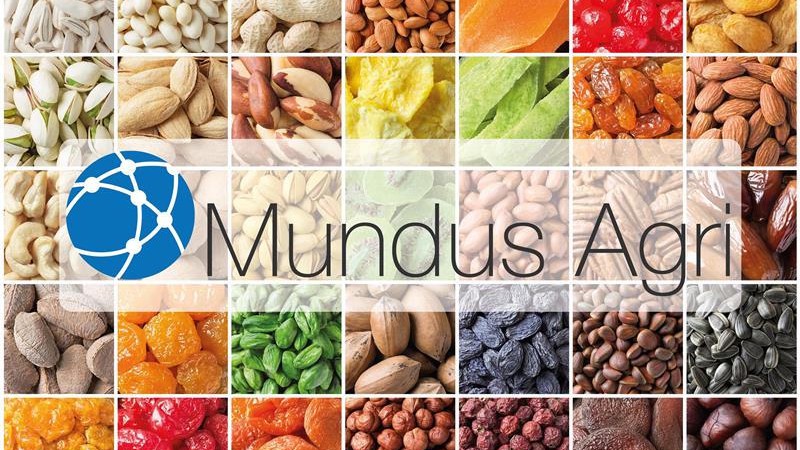Organic chia seeds: weather adversities cause prices to rise sharply
October 7, 2021 at 11:22 AM ,
Der AUDITOR

Growing demand
Chia seeds (lat. Salvia hispanica) are the edible seeds of a flowering plant of the mint family and belongs to the so-called pseudograins. Originally native to Central America, chia is nowadays cultivated commercially primarily in Latin American countries such as Argentina, Bolivia, Ecuador and Paraguay, in addition to Mexico and Guatemala. Yields in commercially cultivated fields are usually between 1.0 and 1.5 mt/ha, but in smallholder farming yields can reportedly be as high as 2.3 mt/ha.
With the increasing popularity of the seeds, which are still considered "Novelty Food" in the European market, other cultivation regions have been increasingly established, especially in African countries. For some years, for example, the cultivation of organic chia seeds has been particularly promoted in Uganda. The growing popularity is mainly due to the positive nutritional qualities of the seeds, which are rich in fibre and omega-3 fatty acids, among other things. In their composition, they are quite comparable to flaxseed.
High prices possible until summer 2022
This year, frosty temperatures and a lack of rainfall have hit chia-growing regions in South America hard. Losses are said to be particularly extreme in Bolivia, Argentina and Paraguay. Market players estimate that about half of the production has been lost here, and some farmers have had to write off their entire crop. In addition, the drought exacerbates the already difficult transport situation. The water level of inland rivers is too low, which is why they could not be used for transport.
In a normal year, prices for organic chia seeds are around EUR 2.00-2.50/kg CIF EMP, with occasional offers below EUR 2.00/kg. This year, however, the crop losses and the increase in transport costs have caused the prices for organic chia seeds to double; they are currently around EUR 4.50-5.50/kg CIF EMP. Market players expect further price adjustments until November. Many suppliers are unable to service their contracts under these circumstances, citing force majeure. In the course of this, it was discussed - also by officials such as the government in Paraguay - how important it was to promote artificial irrigation systems in order to be able to better supply important agricultural commodities in the future.
Africa's crops cannot compensate for losses
The high losses in countries like Paraguay cannot be compensated by the crops still to come in Africa. Although production in countries like Uganda, which offer ideal conditions for chia cultivation, has been going on for some time, the quantities produced there are still too low to fill the gap. Moreover, these crops will only come onto the market between March and May of next year. Market players therefore reckon that the prices for organic chia seeds will not normalise until the summer of 2022, when the crops in South America are foreseeable and in good condition. According to weather experts, frost has always been one of the biggest weather risks for chia seed cultivation.
View more:
- price charts for oilseeds, grains, spices and more





